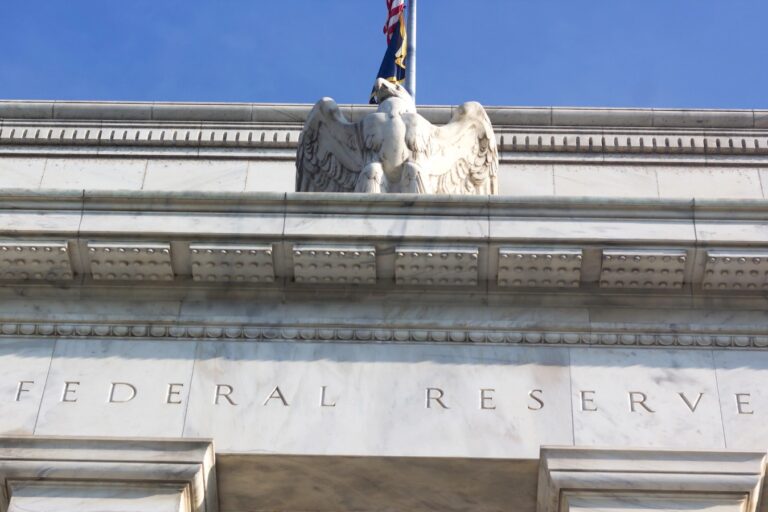Court Ruling Puts U.S. Credit Rating at Risk as Trump’s Tariffs Hang in the Balance

America’s fiscal credibility may have just taken a hit.
A federal appeals court struck down most of President Donald Trump’s sweeping global tariffs, throwing into question a revenue stream that ratings agencies say is helping prop up the nation’s creditworthiness.
Just last week, S&P Global reaffirmed its AA+ rating with a stable outlook, citing “robust tariff income” as a major factor in offsetting rising deficits.
If those tariffs vanish, Washington could lose tens of billions in monthly revenue, deepening fiscal stress at a time when borrowing costs are already surging.
Billions in Revenue and Deficit Relief at Stake
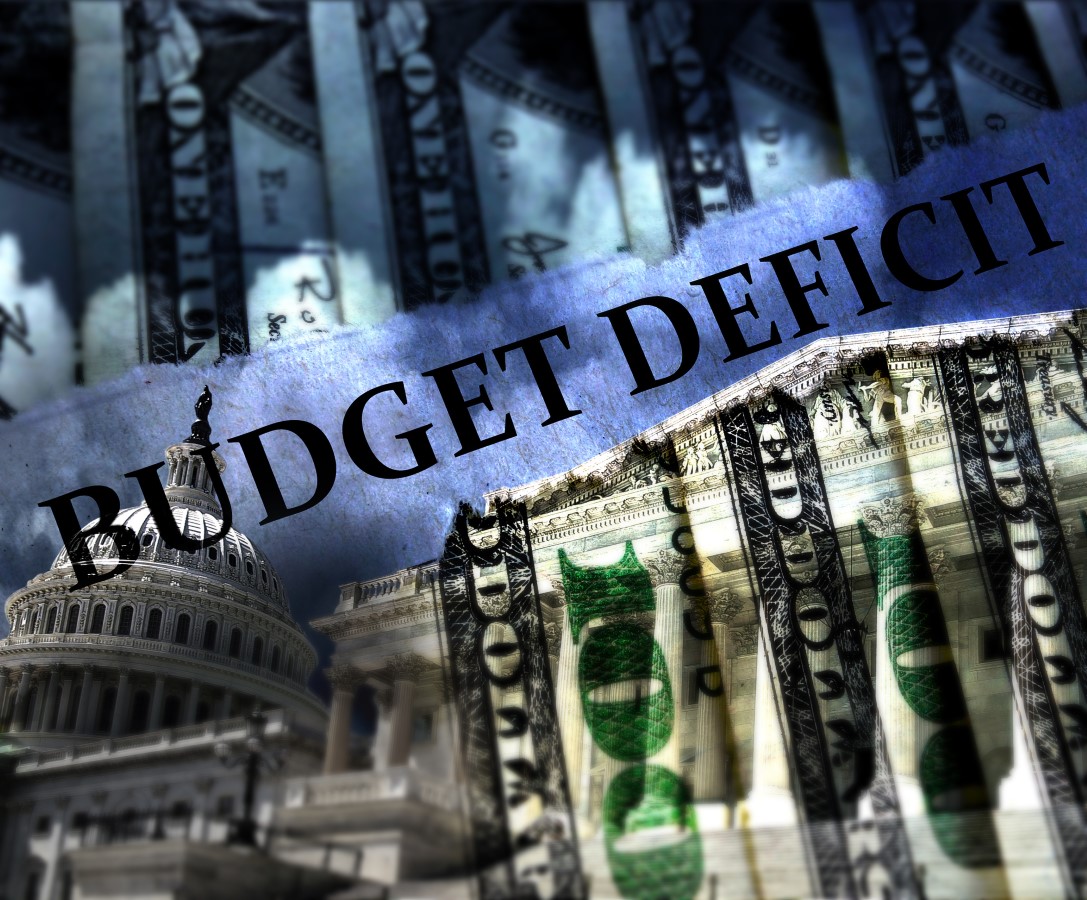
The non-partisan Congressional Budget Office projected that tariffs could shave trillions off federal deficits over the next decade.
With import duties generating around $30 billion per month, they have become one of Washington’s most dependable new revenue streams.
If the courts ultimately invalidate Trump’s approach, importers could demand refunds on billions already paid; turning a source of deficit relief into yet another fiscal headache.
Economists warn that could destabilize the budget just as interest costs are projected to balloon.
Appeals Court Rules Trump Overstepped His Powers
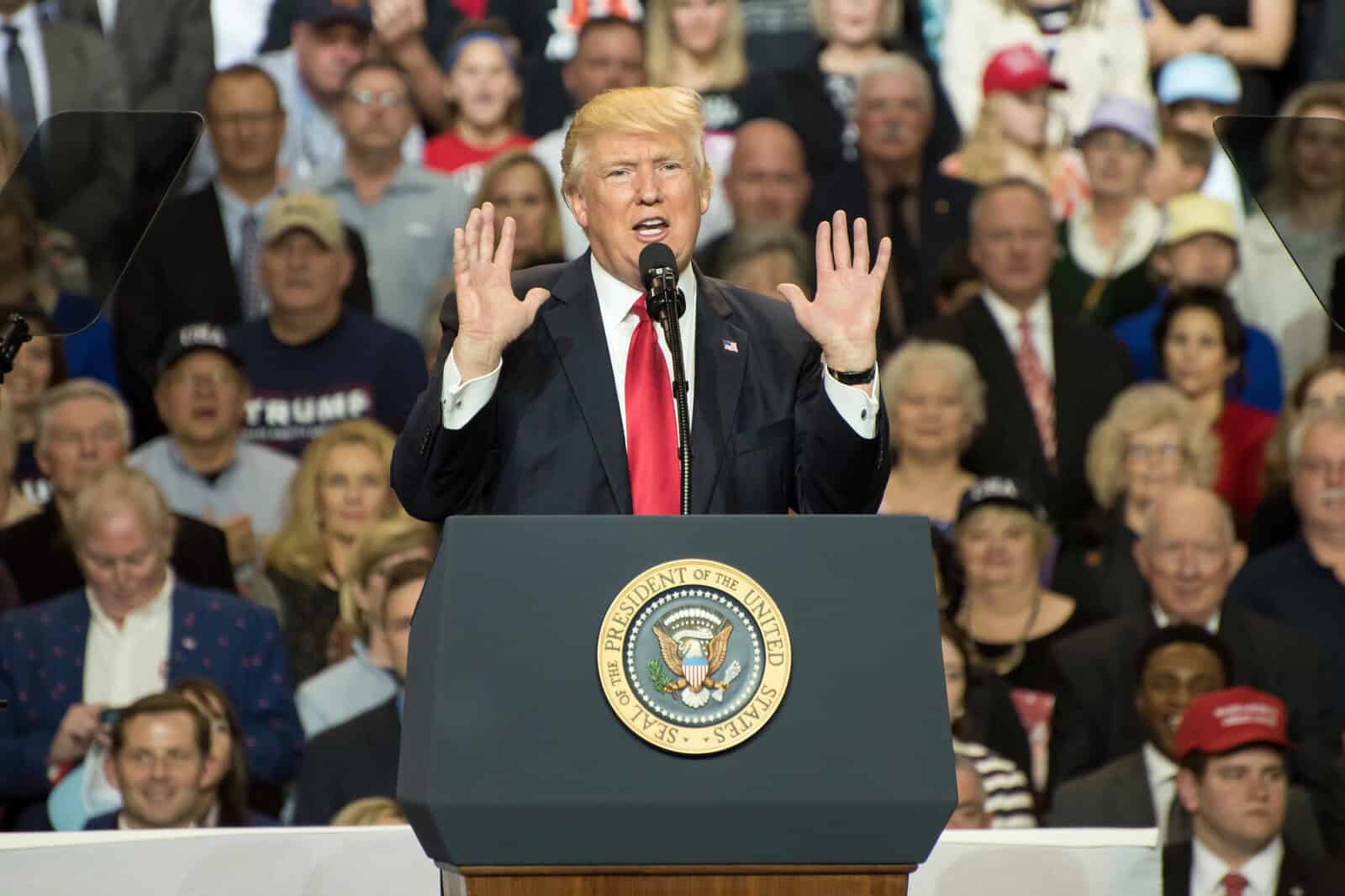
The U.S. Court of Appeals for the Federal Circuit ruled 7-4 that Trump misused emergency powers to impose tariffs that were “unbounded in scope, amount, and duration.” Judges concluded that the International Emergency Economic Powers Act (IEEPA) was never intended to grant presidents sweeping authority to impose across-the-board duties on trading partners.
The ruling upheld an earlier decision by the U.S. Court of International Trade, which had also found Trump’s global tariffs unlawful. The appeals court, however, delayed enforcement until October 14, giving the administration time to appeal to the Supreme Court.
Tariffs Declared a Congressional Power
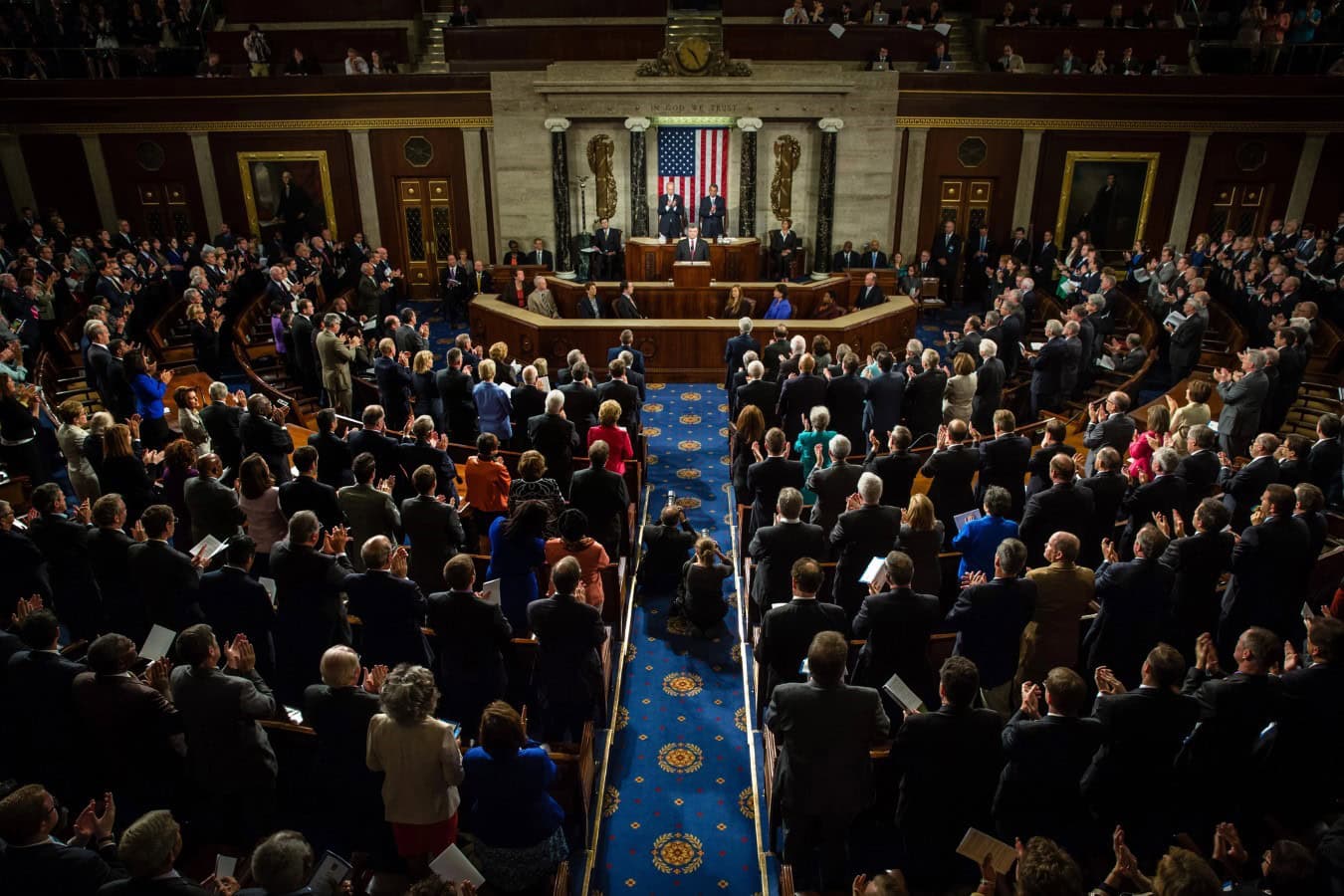
The majority opinion stressed that the Constitution gives Congress; and only Congress, the authority to impose taxes, including tariffs. “Tariffs are a core Congressional power,” the ruling said, reaffirming one of the nation’s oldest constitutional boundaries on executive authority.
Credit Rating Agencies Watching Closely
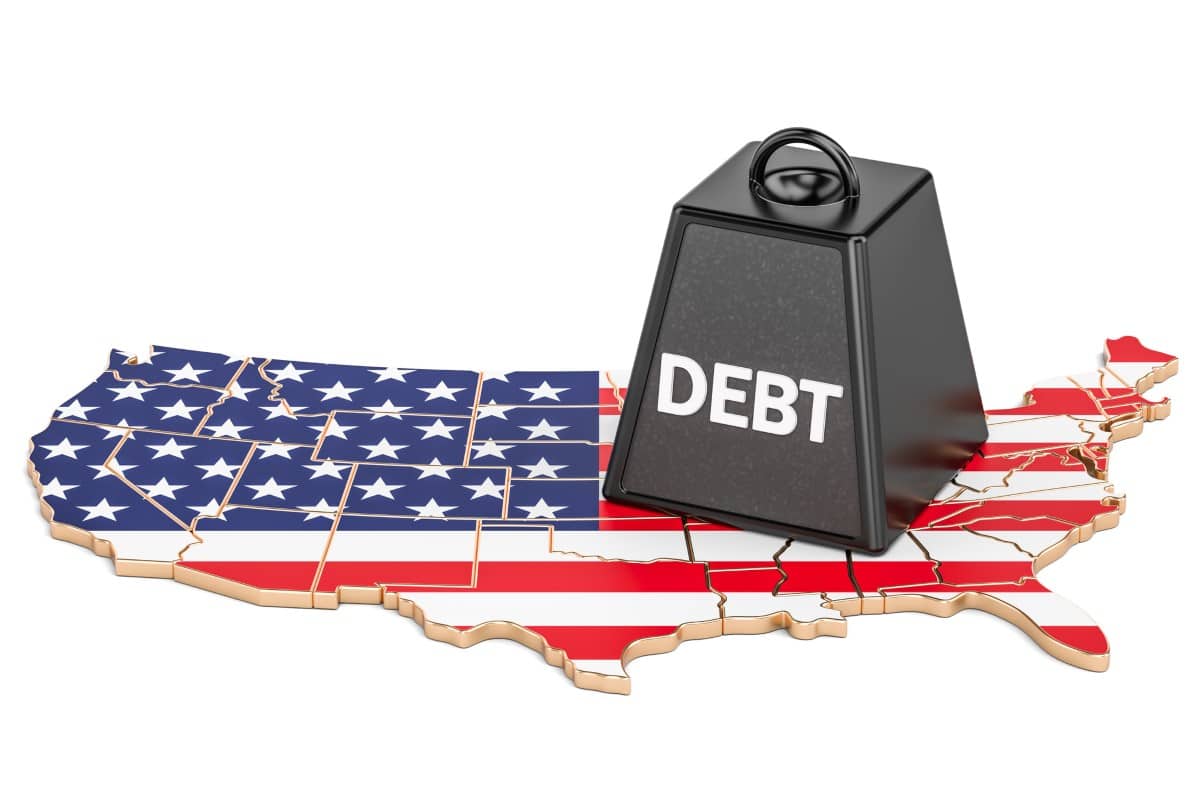
As per S&P, the outlook on the credit rating, which is a notch below the top AAA grade, remains stable.
“This incorporates our view that changes underway in domestic and international policies won’t weigh on the resilience and diversity of the U.S. economy,” S&P said in a statement. “And in turn, broad revenue buoyancy, including robust tariff income, will offset any fiscal slippage from tax cuts and spending increases.”
Ratings agencies are now signaling concern.
If tariffs collapse, Washington could lose one of its few reliable revenue streams, potentially pushing borrowing costs higher.
With deficits already near record levels, any downgrade could rattle bond markets and weaken confidence in the dollar’s global dominance.
Billions Flowing Into Treasury Each Month
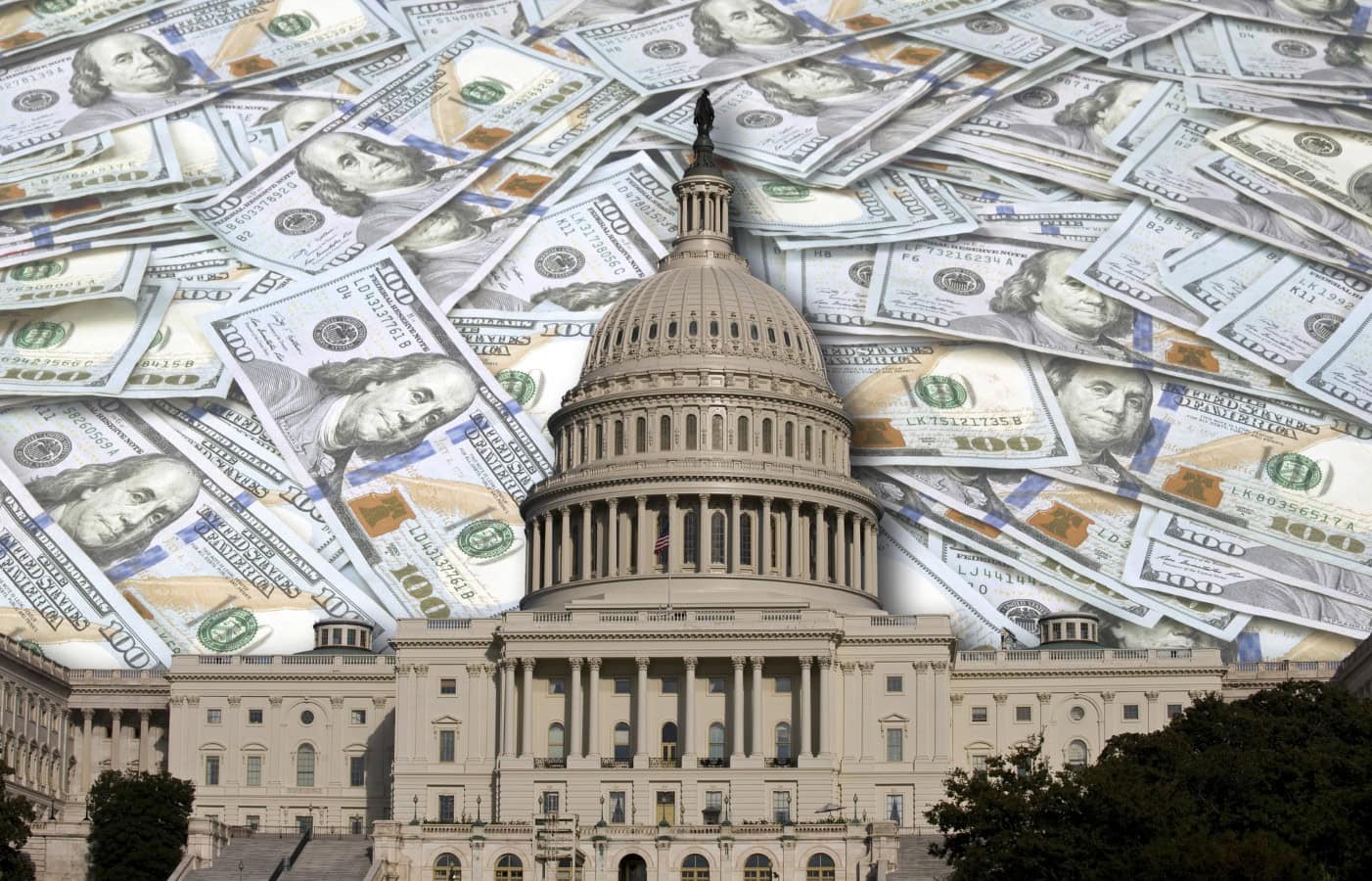
Tariffs have quickly become one of Washington’s fastest-growing revenue streams.
The administration touts them as proof that Trump’s trade policy is helping fund the government while reducing reliance on borrowing. If the courts invalidate the levies, that income could vanish almost overnight.
Trump Slams “Partisan” Decision

The former president blasted the ruling as “highly partisan” and warned that overturning his tariffs would “literally destroy the United States of America.”
“ALL TARIFFS ARE STILL IN EFFECT!” Trump said in a post on Truth Social. “Today a Highly Partisan Appeals Court incorrectly said that our Tariffs should be removed, but they know the United States of America will win in the end.”
Trump vowed to appeal to the Supreme Court, where conservatives hold a 6-3 majority, including three justices he appointed.
Tariffs Remain in Place Until October
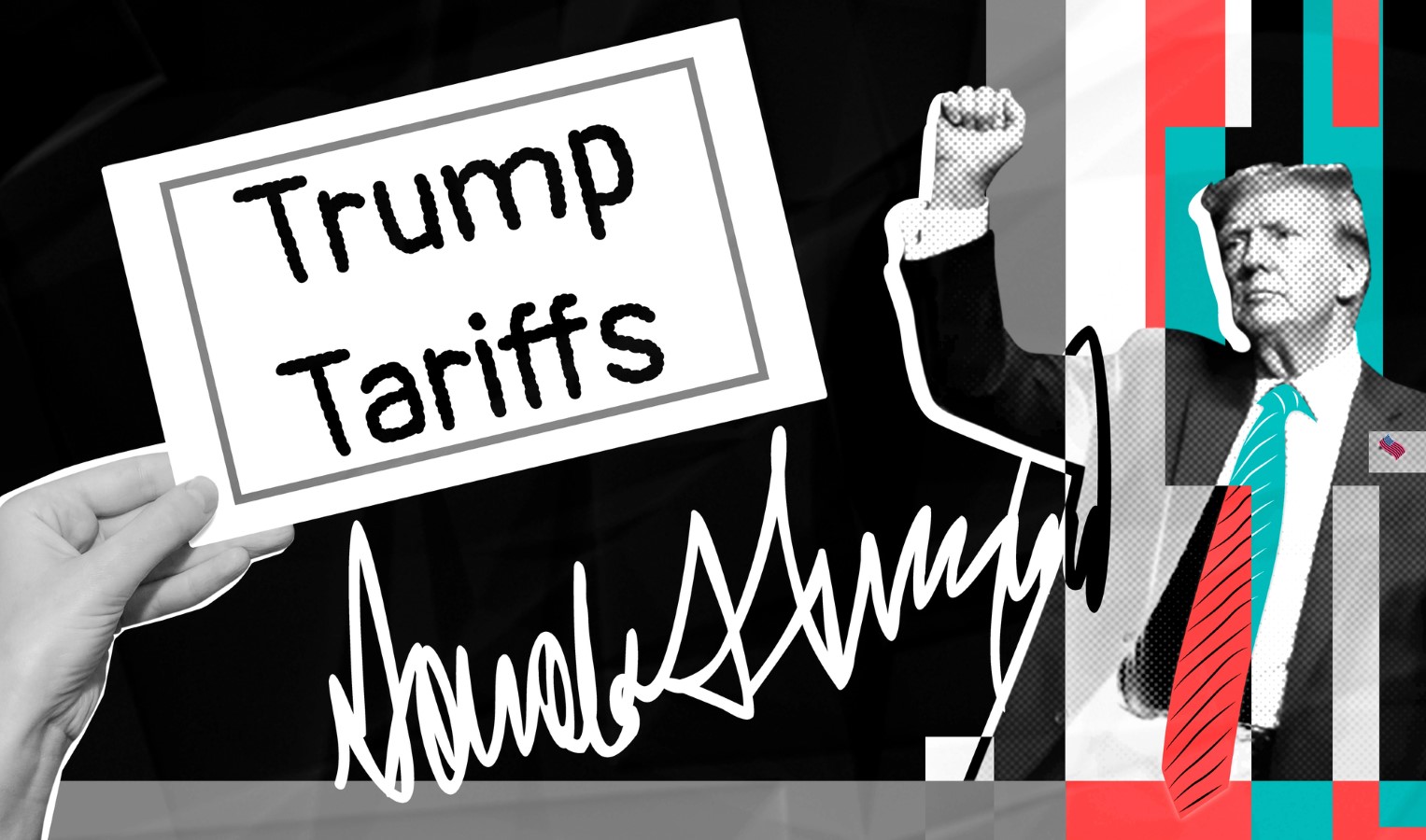
For now, the tariffs remain in effect. The appeals court delayed enforcement of its decision until October 14, giving the administration time to file its appeal.
Businesses, investors, and foreign governments now face a six-week window of uncertainty about the future of U.S. trade policy.
Administration Warns Of Social Security And Medicare Impacts
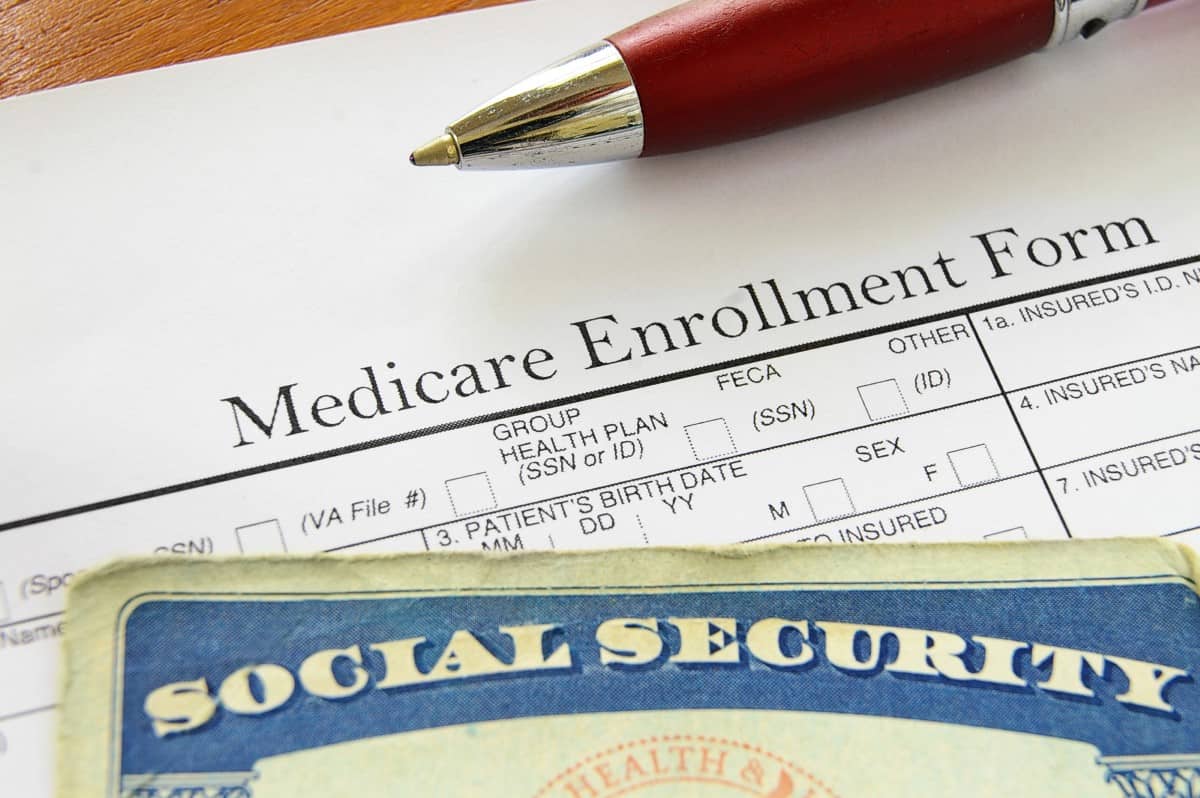
Fortune reported that earlier this month, Solicitor General D. John Sauer and Assistant Attorney General Brett Shumate sent at letter to the court warning of an apocalyptic doomsday outcome if the tariffs were struck down.
“In such a scenario, people would be forced from their homes, millions of jobs would be eliminated, hardworking Americans would lose their savings, and even Social Security and Medicare could be threatened,” they wrote. “In short, the economic consequences would be ruinous, instead of unprecedented success.”
Businesses Warn of Chaos if Tariffs Collapse

Retailers and importers have long complained that shifting tariff policies make planning nearly impossible.
“Unpredictable and rapidly changing tariff policies are making it nearly impossible to forecast costs, place orders and manage supply chains effectively,” the National Retail Federation said.
The latest ruling adds another layer of uncertainty.
Importers Could Demand Billions Back

If the Supreme Court ultimately strikes down Trump’s tariffs, importers that have already paid billions in duties could demand refunds.
Analysts say this could deepen the deficit and unwind much of the “robust tariff income” S&P cited when reaffirming America’s AA+ credit rating.
Allies and Trade Commitments Could Unravel

Trump’s tariffs also served as leverage to extract investment pledges from the European Union, Japan, and other allies.
If courts invalidate his broadest duties, those commitments could weaken — reducing both the strategic and fiscal impact of tariffs.
Economists Split on the Fallout

Some economists argue that losing tariffs could ease inflation and reduce consumer prices.
But others warn that the bigger risk lies in fiscal stability, since Washington would be stripped of a fast-growing source of cash at a time when its debt load is already testing the limits.
Some Alternatives Available To Continue Tariffs

Even without IEEPA, Trump has other tools.
Section 232 of the 1962 Trade Expansion Act and Section 301 of the 1974 Trade Act allow for targeted tariffs on national security or unfair trade grounds.
There is also a never-before-used trade law, Section 338 of the Trade Act of 1930, which allows the president to impose tariffs of up to 50% on imports from countries.
But these laws are narrower in scope and may not replicate the broad $4 trillion savings the CBO highlighted.
Dissenting Judges Support Trump’s View

Four dissenting judges argued that Trump acted within his authority, warning that limiting IEEPA could weaken presidential power in future crises.
They said the plaintiffs had not proven that the law barred the president from using tariffs as an emergency measure.
Supreme Court Showdown Will Decide the Stakes

The case now heads toward the Supreme Court, where justices must decide not only whether Trump exceeded his authority; but whether the U.S. can afford to lose the revenues that ratings agencies say are propping up its credit outlook.
Like Financial Freedom Countdown content? Be sure to follow us!
Bold $1.5 Trillion Plan Promises to Rescue Social Security As Experts Warn of Big Risks

With the Social Security trust funds projected to run out in less than a decade, Sens. Bill Cassidy (R-La.) and Tim Kaine (D-Va.) are pitching a bold plan. Their idea: invest $1.5 trillion over five years into a separate investment fund, give it 70 years to grow, and use the returns to keep benefits flowing.
Bold $1.5 Trillion Plan Promises to Rescue Social Security As Experts Warn of Big Risks
Nearly 20% of Older Borrowers Behind on Student Loans as Trump Shields Social Security Benefits

Nearly one in five student loan borrowers age 50 and older are now considered “seriously delinquent” on their debt, according to new data from the Federal Reserve Bank of New York. That means they are at least 90 days late on their payments. The delinquency rate for this age group spiked to about 18% in the second quarter of 2025, compared to just 10% back in 2019.
Nearly 20% of Older Borrowers Behind on Student Loans as Trump Shields Social Security Benefits
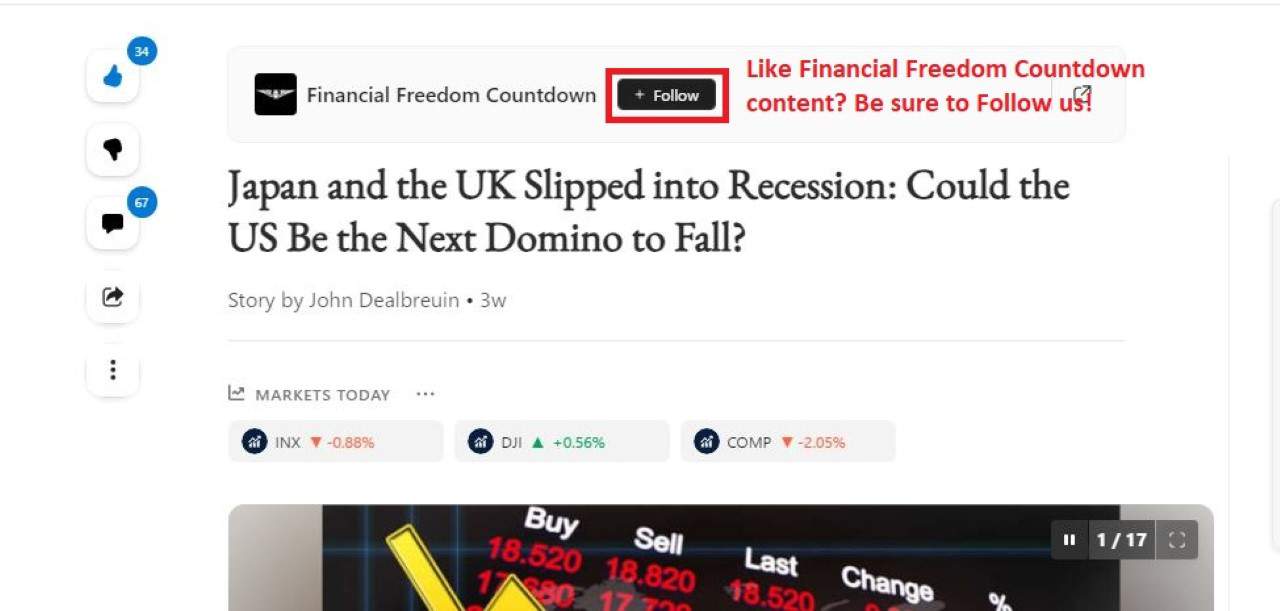
Did you find this article helpful? We’d love to hear your thoughts! Leave a comment with the box on the left-hand side of the screen and share your thoughts.
Also, do you want to stay up-to-date on our latest content?
1. Follow us by clicking the [+ Follow] button above,
2. Give the article a Thumbs Up on the top-left side of the screen.
3. And lastly, if you think this information would benefit your friends and family, don’t hesitate to share it with them!

John Dealbreuin came from a third world country to the US with only $1,000 not knowing anyone; guided by an immigrant dream. In 12 years, he achieved his retirement number.
He started Financial Freedom Countdown to help everyone think differently about their financial challenges and live their best lives. John resides in the San Francisco Bay Area enjoying nature trails and weight training.
Here are his recommended tools
Personal Capital: This is a free tool John uses to track his net worth on a regular basis and as a retirement planner. It also alerts him wrt hidden fees and has a budget tracker included.
Platforms like Yieldstreet provide investment options in art, legal, real estate, structured notes, venture capital, etc. They also have fixed-income portfolios spread across multiple asset classes with a single investment with low minimums of $10,000.





